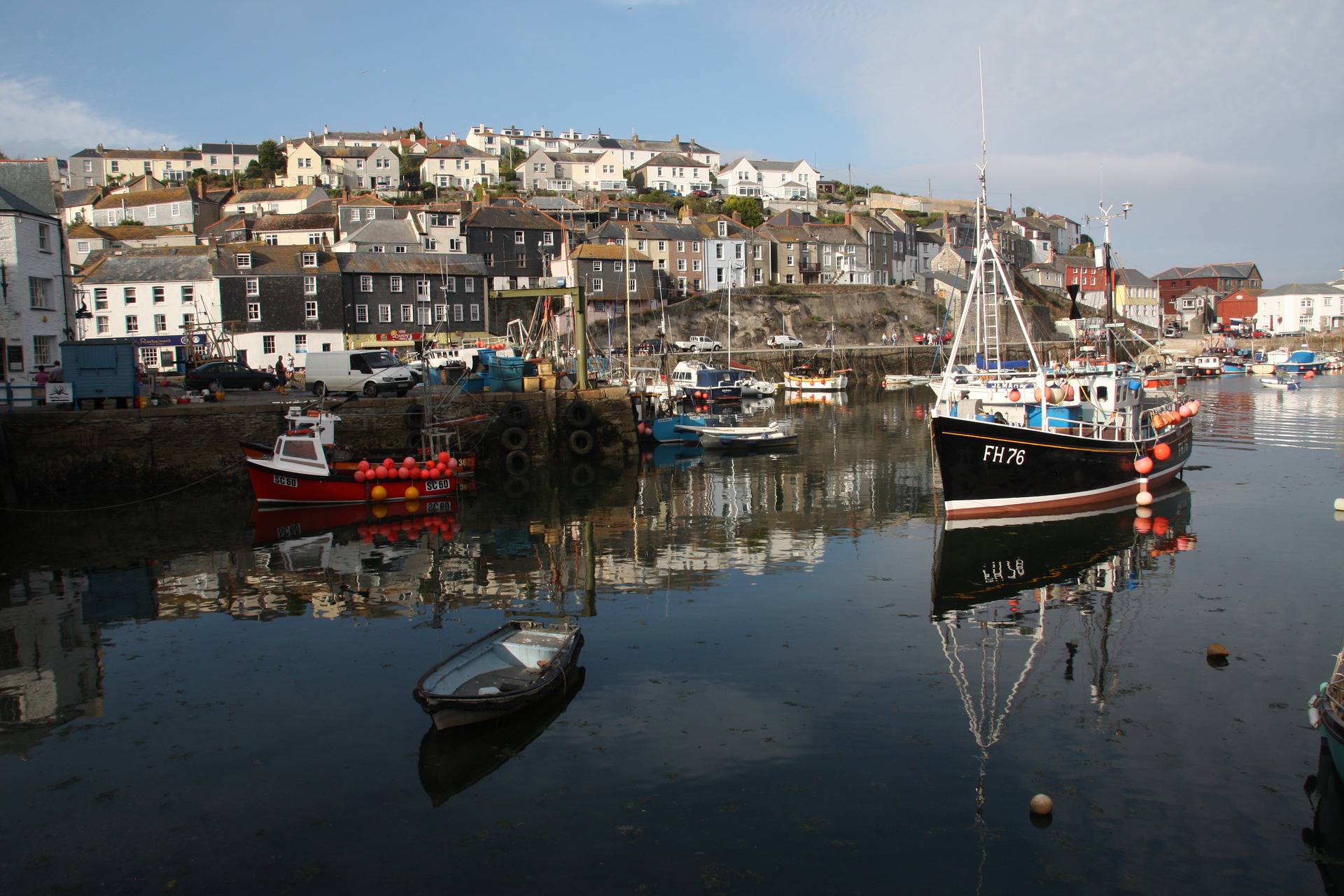With less than a week to go, the General Election result in Cornwall is far from certain says Dr Joanie Willett, a lecturer in the politics department of the University of Exeter who is based at the Tremough campus in Penryn.
On paper, Cornwall looks like a fascinating region to watch this General Election. The last time it was totally blue was back in the early 1900s, and in 2005 all five of its MPs were Liberal Democrat.
Before that, between 1997 and 2005 the sole MP who was not Liberal Democrat was Labour. This means that the Conservative hold on all of its Parliamentary seats is far from secure.
For the Liberal Democrats, the nature of Cornwall as a traditional stronghold for their party must place this as a key strategic battleground. Tim Farron needs big wins if he is to be able to have any chance of vocalising his pro-Remain position on a Parliamentary basis.
But this is where politics and elections get complicated. It’s so easy to look at the stats and draw conclusions about what might or might not happen, and what are the key places to watch.
As an example, let’s look at Falmouth and Truro. This is a newly created seat, but Truro is a key Liberal Democrat area and had returned a Liberal/Liberal Democrat MP since the 1970s.
In 2010, Sarah Newton won only very narrowly, with 41.7% of the vote to LD Terrye Teverson‘s 40.8%. Despite this, the strain on Liberal Democrat finances and activist resources meant that it didn’t count as a priority seat in 2015, which perhaps went some way to account for Stephen Rix’s dreadful showing of 16.8%.
What this illustrates is that just looking at the bare statistics only tells us a small part of the story – and it’s the internal politics of the individual seats during election campaigns that goes a long way to explaining what happens during the vote.
So why did the Liberal Democrats do so badly in the 2015 elections in Truro and Falmouth?
There are two key reasons. Firstly, they had a candidate who was not as good at working the electorate as Terrye Teverson was.
Secondly, the Liberal Democrats were broke following popular fury at their involvement in the Coalition – to such an extent that they didn’t even have the money to fight marginals.
Everything was spent on trying (and ultimately failing) to hold on to the seats that they already had – one being Nick Clegg’s Sheffield seat, which he very nearly lost.
So what has changed now? The big difference is the huge spike in membership that the Liberal Democrats experienced both in 2015, and again, as the party voice of Remain after the Brexit vote in 2016.
In truth, however, the figures for 2016 (79,000) have only taken it back to pre-2001 levels. Currently, following the announcement of the June 8 General election, their membership base has soared once more to over 100,000. This is a figure not seen since 1994.
So how about Labour? Labour’s relationship with Cornwall over the past few years is particularly interesting.
After serving two terms, Candy Atherton, Cornwall’s sole Labour MP (in Falmouth and Camborne) for many years, was defeated in 2005 by the Liberal Democrat Julia Goldsworthy.
However, their share of the vote in 2010 was a dreadful less than 10%. But much of this seems to have been related to the fact that their candidate was unpopular and some supporters were seduced (and then disappointed) by voting tactically.
But by 2015 Labour’s vote share had bounced back to more than 15% – possibly in part because of the return of disillusioned tactical voters.
The big change since 2015, however, has been (surprise surprise), Jeremy Corbyn. The archetypal Marmite politician, loved and loathed in equal measure, there is no doubt that he has mobilised many.
Labour party membership (at more than 517,000) is now at levels not previously seen since 1980 and Cornwall is not immune to this.
Anecdotally, Labour party activity in Cornwall has rocketed over the past two years, and Jeremy Corbyn has made high-profile visits to the region at least twice over the past two years. This is unheard of for a Labour party leader.
What does this mean for Truro and Falmouth? It certainly means that Sarah Newton is likely to see her commanding majority reduced. But this is going to depend significantly on the candidates that the parties select.
We still don’t know the degree to which voters will continue to punish the Liberal Democrats for going into coalition with the Conservatives in 2010.
Certainly, some people will be less inclined to vote tactically, even now. But we also don’t know how deeply the anti-Tory part of Cornish civil society runs.
The aftermath of the 2015 elections led to an enormous cross-party mobilisation in Cornwall, based on a perceived urgency to restrain Conservative austerity.
In fact, two coaches went from Cornwall to a London-based anti-austerity demonstration in June 2015. This kind of activity had a precedent only in the 2003 Stop The War marches.
What we don’t know yet, is how much this strength of feeling will be translated into votes across Cornwall. So will the Conservatives hold on to their seats here?
That is going to depend on the strength of the candidates and on how well the parties resource their local campaigns.
If Labour and the Liberal Democrats utilise their huge war chests gained from massive increases in party membership, they will give the Conservatives a proper run for their money.
Dr Joanie Willett is a Lecturer (Education and Research) at University of Exeter’s Penryn campus.
This article was originally published at Cornwall Live, and has been reproduced with permission of the University of Exeter.







